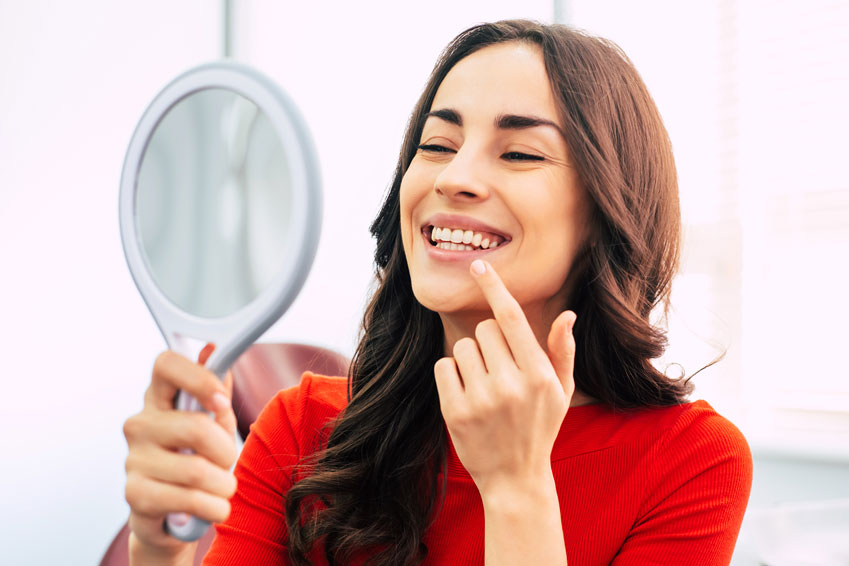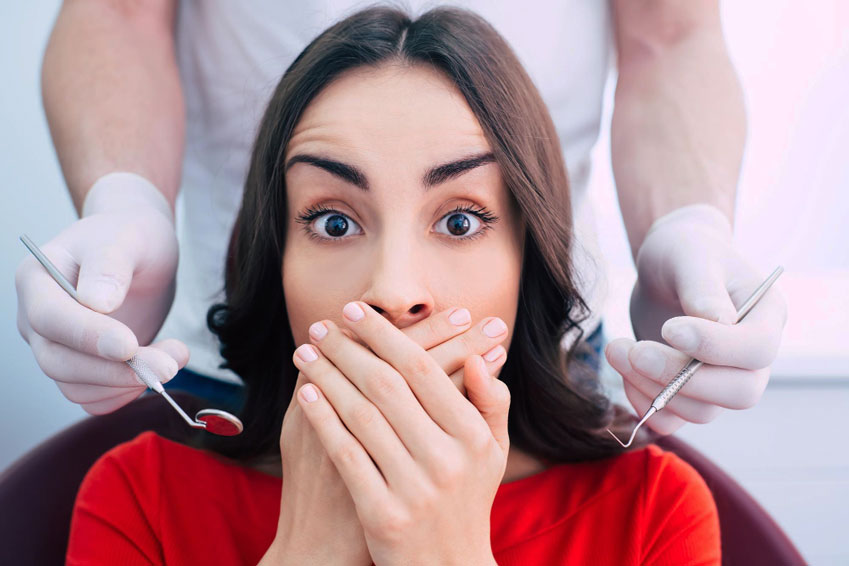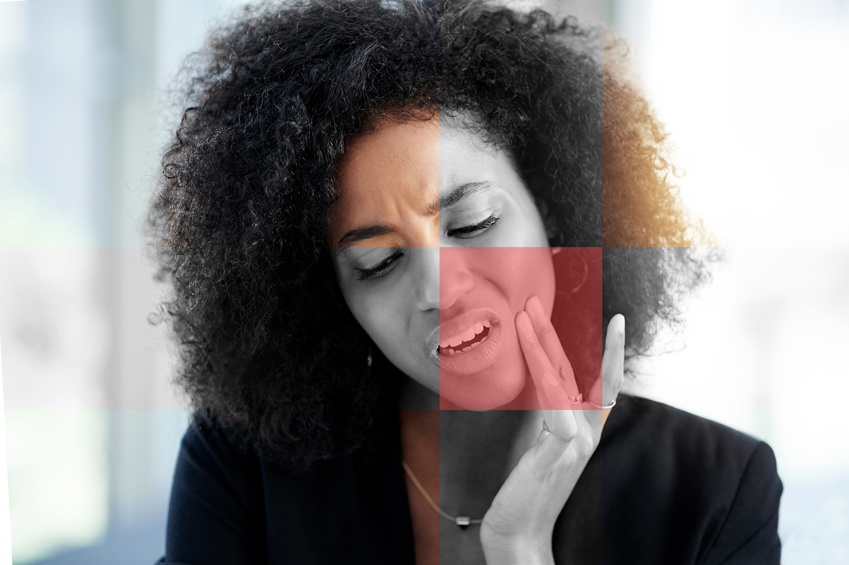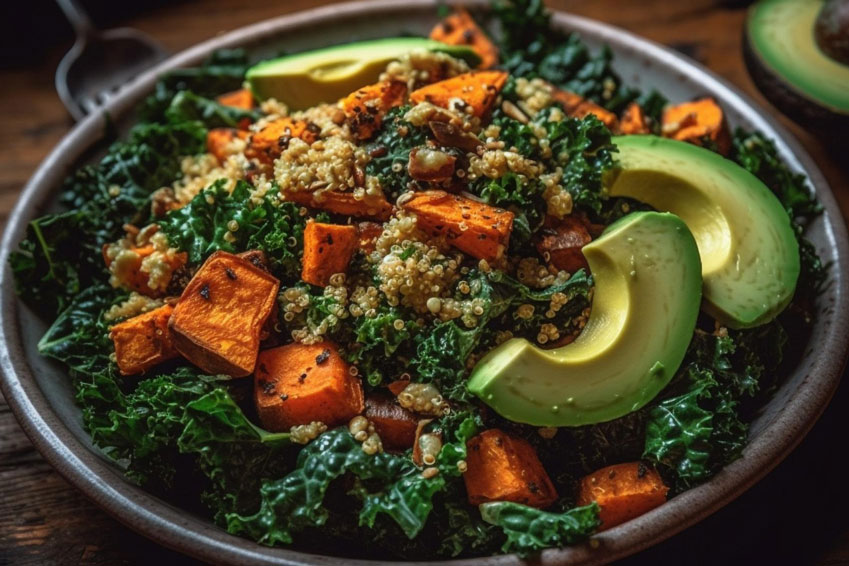As a dental practice that’s passionate about the sparkle of your smile, we often find ourselves embarking on “en-lightening” journeys with patients.
Today, let’s delve into a process that can light up the room when you walk in — teeth whitening. The quest for that dazzling smile is deeply rooted in science — understanding it can transform the way we approach oral care.
A Glimpse into the Past
Before we dive into the nitty-gritty, let’s take a quick detour back in time. Teeth whitening isn’t just a modern-day thing.
In ancient times, teeth whitening practices varied across cultures and often involved natural substances. The ancient Egyptians, for example, were known to create a whitening paste from ground pumice stone mixed with wine vinegar, which they applied with a frayed stick or twig, effectively acting as an early form of toothbrush.
The Romans, on the other hand, utilized human urine for its ammonia content to bleach their teeth, a practice noted by some historians for its surprisingly effective whitening properties.
Ancient Indians traditionally used chew sticks from the neem tree, which contained properties that helped in, not only cleaning the teeth, but also in subtly whitening them over time.
These methods, though rudimentary and often viewed as unpalatable by modern standards, highlight the human desire for a brighter smile, making use of resources that were readily available.

The Color of Your Smile
Our teeth might seem solid and unchanging, but they’re actually more like sponges, absorbing the colors of what we consume. Coffee, tea, red wine, and some spices are the usual suspects in staining teeth. But why does this happen?
The answer lies in the structure of our teeth. The outer layer, enamel, is hard and protects the inner softer dentin. Over time, the enamel’s microscopic cracks and the spaces between the enamel rods fill up with stains, affecting the teeth’s color.

The Magic of Whitening
The process is a fascinating dance of chemistry and biology. The main players in most whitening products are hydrogen peroxide or carbamide peroxide. These agents release oxygen molecules that penetrate the enamel, reaching the discolored molecules in your teeth.
These oxygen molecules react with the discolored molecules, breaking the bonds that hold them together, and voilà — the stains disperse and your teeth appear whiter.
Professional vs. At-Home Treatments
Now, there’s often a debate between professional whitening treatments and at-home kits. As your dental guide, our practice will let you in on a secret: the key difference lies in concentration and safety — professional treatments use higher concentrations of whitening agents, offering dramatic results in a controlled environment.
At-home kits, while convenient, contain lower concentrations, requiring more frequent use for similar results. It’s crucial, however, to use these products under professional guidance (that’s us) to ensure the health of your gums and enamel.

Keeping the Sparkle Alive
Whitening your teeth isn’t a one-and-done deal; it’s about maintaining that brilliance you’ve paid good money for. Avoiding or limiting foods and drinks that stain teeth, along with regular dental hygiene practices including regular visits to your dentist, can prolong the effects. But remember, the natural color of teeth varies from person to person, and embracing your unique smile is key to true confidence.
Debunking Myths
Let’s bust a common myth: that teeth whitening damages enamel. When applied correctly, under professional guidance, teeth whitening is safe and does not harm the enamel. The science behind whitening has come a long way, ensuring that you can achieve your brightest smile without compromising on health.
Let’s Talk About Your Smile
Your journey to a brighter smile is unique, and armed with the science of teeth whitening, you’re now a step closer to achieving it. Remember, every smile has its own story and chemistry, making personal consultations vital. As your dental ally, we invite you to discuss your aspirations and concerns. Together, we can tailor a whitening plan that not only brightens your smile but also preserves its health.
Embarking on a journey toward a dazzling smile can be both exciting and enlightening. With a blend of science, personalized care, and a dash of discipline, your dream smile isn’t just a possibility — it’s within reach. Let’s illuminate your smile together, one whitening session at a time.
Reach out to us, and let’s transform your smile into your most radiant accessory.




















